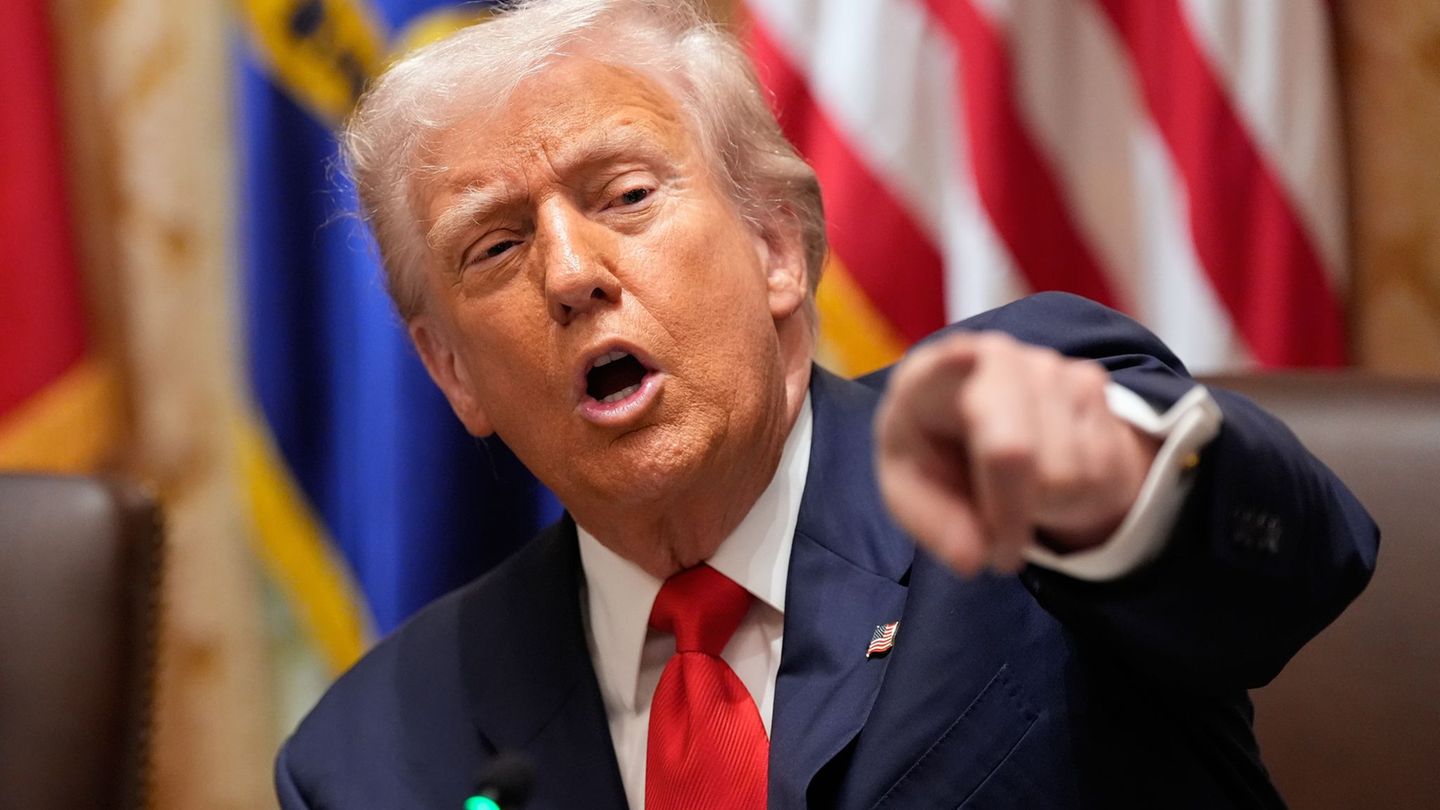Short rates in pesos once again register a marked bullish pressure in the midst of a context of strong illiquidity in the financial system. In that framework, the one-day stock bond reached a 87% TNA intraday highwhile the interbank repo is located around the 125% TNA and the wholesale fixed terms They already perform close to 58% TNA.
Given this panorama, market operators focus on the last debt tender of the Ministry of Economy before the elections of October 26to be held this Wednesday, in which the Treasury must choose between validate very high rates or release liquidity to the market to alleviate financial stress.
It should be remembered that until recently the Central Bank (BCRA) used simultaneous operations in BYMA as a tool for absorb weights at a rate of 25%which contributed to keep guarantees around 23%. However, given the recent rise in short rates, that mechanism lost effectiveness and currently does not register active operations. In fact, the stock of pesos absorbed through that route came to exceed the $6 billionbut he latest data available -as of last Thursday- shows a practically zero balanceof barely $0.02 billionreflecting the total deactivation of that tool.
“In short, the scheme that in its last official communication was presented as a control of monetary aggregateswith the Private transactional M2 as reference variable -more than follow-up what of compliance-ended up leading to a corridor with a fixed floor (variable over time) and a endogenous ceiling, practically non-existent. In practice, this reveals the Government bias to prioritize high rates over low rates“, they noted this Tuesday from Bull Market.
Last tender before the elections: what level of rates will the Treasury validate?
In this framework of renewed illiquidity and higher short ratesis that it will be carried out debt tender. The Ministry of Finance announced the conditions for the placement this Wednesday, in which it will have to face maturities of some $3.8 billion corresponding to the Boncap T17O5. The menu offered contemplates the reopening of a Lecap and a Boncap to November and January (S11N5 and S30E6), along with the reopening of a letter dollar linked to November (D28N5) and another newly issued one maturing in January (D30E6).
From Cohenthey anticipated what could happen in the tender: “This is a limited amount compared to the commitments of the coming monthstherefore, added to the greater appetite for instruments in pesos after the announcements from Washington, “The Treasury is expected to achieve a rollover of more than 100%, even in a context of tensions with the pesos registered during the last week”.
Other market sources assured Scope that ““The lack of liquidity in the market is due to the fact that they took out a lot of pesos by selling dollars and now there is absorption by the futures market.”. According to this analysis, Due to the lack of liquidity, they should ask for high rates and, if the Treasury validates and has a 100% rollover, the high rates will continue.but “if they pay part of it in cash they will alleviate the liquidity of the system a little, the yields will be able to go down a little.”
“I think what is expected is that They do not validate high rates, they release some liquidity and alleviate a little on that side. The maturities are almost $4 billion, the lowest since the beginning of July and the Treasury has $14 billion deposited in the BCRA,” an operator from the city explained to this medium.
The Treasury’s dilemma in the current context
“In this scenario of low liquidity and mixed US Treasury interventionsone observes a strong need to gain weight for position yourself in short pre-election investmentswhich today offer higher yieldsexplained to Scope the economist Federico Glustein. “That the stock market bond reaches 87% and the interbank repo 125% reflects the current macroeconomic fragility. If the Government seeks gain room for maneuverought release some liquidityFor example reducing daily reserves or, failing that, establishing a ceiling on rates”he added.
According to the economist, the fact that the naked rate be located close to 100% average generates a parallel conflictgiven that makes financing the real economy more expensive in the day to day. “I view the next tender with concern, because it is likely that the Treasury will not be able to roll 100% and face the dilemma of validate very high rates either release liquidity in a context of short maturities. I think it will finally be decided less turnover and greater assistance from the Treasurywith the aim of inject pesos and relieve pressure on short rates“, analyzed Glustein.
“The Badlar and TAMAR rates increased, which are the fixed-term rate of $1 million and $1,000 millionrespectively, and that causes the rate to increase in the short term. It would give me the impression that things have to settle down, but we are going to have days of high rates. It doesn’t seem strange to me that if these yields rise it would be transferred to surety and the others. And this happens in the midst of a peso shortage. For me it is temporary, it cannot be sustained for long. We will have to see what level the Treasury validates in the tender, I don’t think they will disband too much, there are short-term products,” the financial analyst told Ámbito. Leonardo Svirsky.
Source: Ambito
I am a 24-year-old writer and journalist who has been working in the news industry for the past two years. I write primarily about market news, so if you’re looking for insights into what’s going on in the stock market or economic indicators, you’ve come to the right place. I also dabble in writing articles on lifestyle trends and pop culture news.




